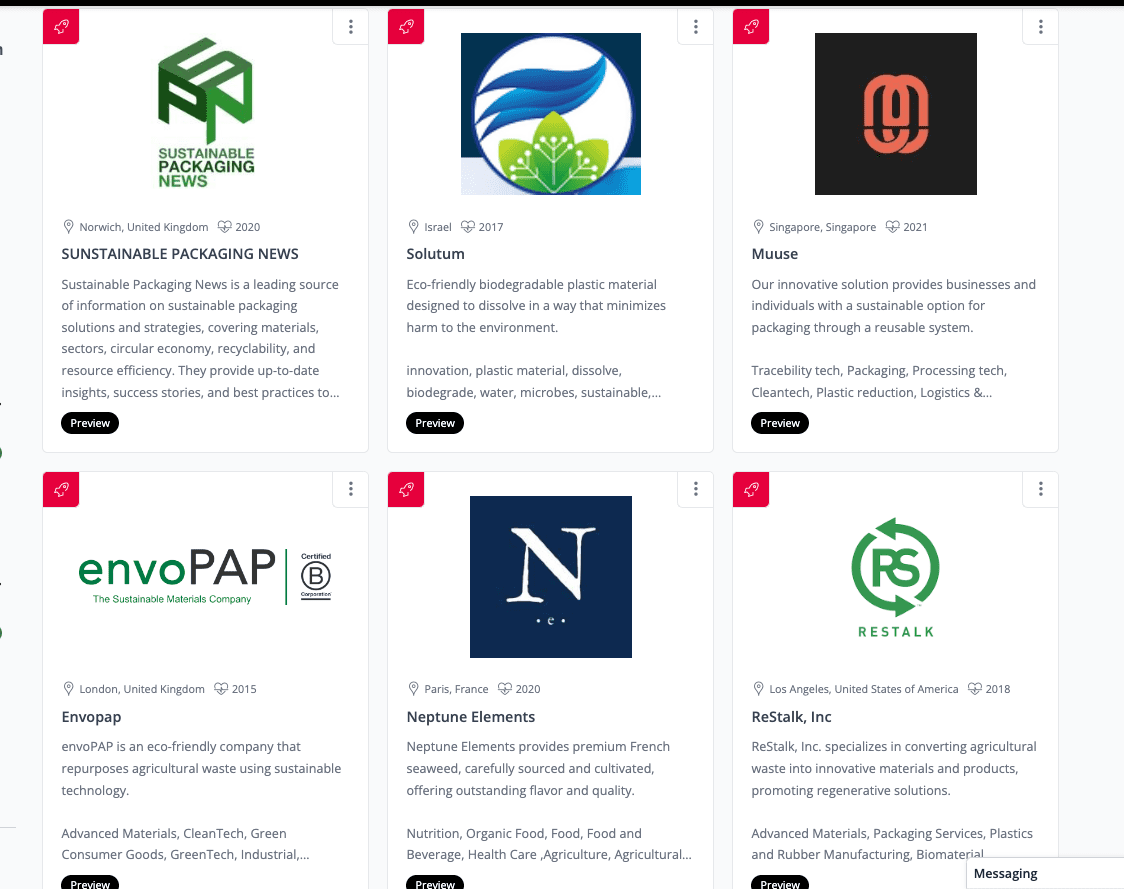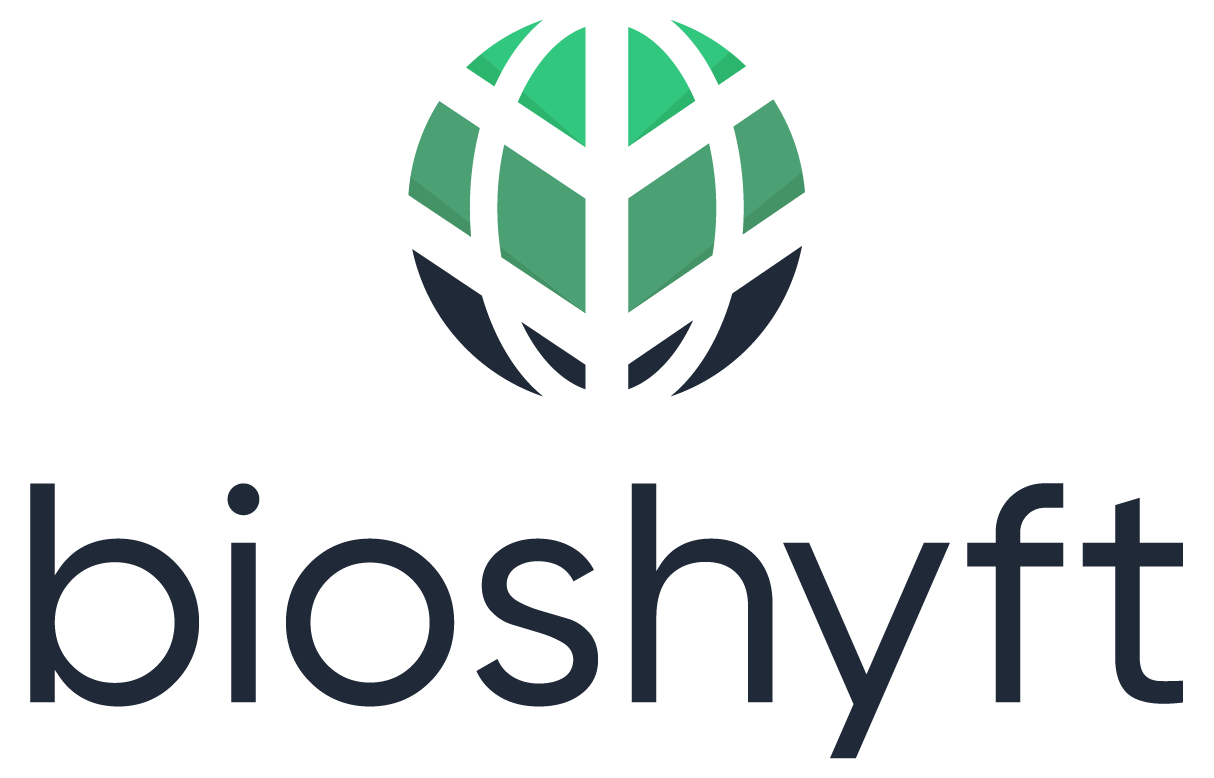As the world engages with plastic pollution and environmental degradation, a remarkable solution emerges from the depths of our oceans: Seaweed Packaging. Hence, this article explores the innovative realm of seaweed-based packaging, unveiling its potential to change the packaging industry. With a focus on sustainability, versatility, and biodegradability, it is making waves as a game-changer that tackles plastic waste head-on.
Introduction
Plastic pollution has become a significant environmental concern in recent years. With the world producing over 300 million tons of plastic waste annually, finding sustainable alternatives has thus gained major importance. One such alternative gaining attention is seaweed packaging.
Seaweed, a diverse and rapidly growing marine plant, holds the key to transforming the packaging landscape. The concept involves harnessing the natural properties of seaweed to create friendly and biodegradable materials which serve as a sustainable alternative to traditional plastics.
Relevance of Seaweed Packaging
The importance of plastic alternatives such as seaweed for packaging cannot be overemphasized. Every year, approximately 8 million tons of plastic end up in our oceans, causing havoc on marine life and ecosystems. It addresses this crisis by providing a renewable, compostable, and ocean-friendly solution. Whereas PET plastic bottles can take up to 700 years to degrade, seaweed packaging biodegrades in soil in four to six weeks. The market impact is hence substantial, with the global biodegradable packaging market estimated to reach $132.74 billion by 2028, which reflects the increasing demand for sustainable alternatives. Although seaweed-based packaging presently holds a higher cost compared to traditional plastic packaging, it is expected that these expenses will decrease as the sector expands and novel manufacturing techniques are devised.
Benefits of Seaweed Packaging
- Environmental Preservation: Seaweed packaging significantly reduces plastic pollution by offering a biodegradable and compostable alternative that breaks down in natural environments with no harm, for example to oceans and soil.
- Versatility: Seaweed-based materials can be molded into various shapes and sizes. This caters to a wide range of packaging needs, from food products to consumer goods, thus making it versatile.
- Carbon Sequestration: Seaweed farming sequesters carbon dioxide, contributing to climate change mitigation and enhancing ocean health.
Risks Associated with Seaweed Packaging
While this solution holds great promise, there are still challenges to overcome. The primary challenge associated with seaweed production stems from its cost. It requires a certain degree of manual processing, and the effort to scale up the process is still at the pilot stage. However, with increasing demand and advances in technology, these challenges can be overcome. It has the potential to revolutionize the packaging industry and pave the way for a more sustainable future.
Main Startups in the Field
Several startups and corporates are leading the charge in this regard. Notable players include Evoware, Loliware, and Notpla. In addition, collaborations between researchers, farmers, and packaging experts contribute to the rapid development and commercialization of this revolution.

Explore all Key Player:
Example Case Study
Evoware, an Indonesian startup, successfully developed a packaging for single-use products like sachets and food wraps. By partnering with local seaweed farmers, the company created a circular economy model that benefits both the environment and local communities. Evoware’s products are not only biodegradable but also edible, indicating the versatility and innovative potential of this solution.
Conclusion
Seaweed packaging emerges as a beacon of hope in the battle against plastic pollution and environmental degradation. By accepting this ocean-inspired innovation, we have the power to reshape the packaging industry, reducing our reliance on harmful plastics and fostering a sustainable future. The advantages of this solution are extensive, spanning from environmental merits to their adaptability. Nevertheless, this sector encounters hurdles due to high expenses that impede its expansion. With continuous research, industry collaboration, and consumer support, this solution can transform how we package, consume, and dispose of products, positively impacting our planet and its oceans.
Explore related topics
- Agriculture & Forestry Posts
- Aquaculture Posts
- Bio-based Product Posts
- Bio-Resource Conversion Industry Posts
- Blog
- CO2 & Waste Utilization Posts
- Food & Beverage Posts
- Water & Renewable Energy Posts
Sources:
- https://seaweedpackaging.com/
- https://www.statista.com/topics/5401/global-plastic-waste/#topicOverview
- https://www.greenbiz.com/article/edible-packaging-will-make-you-reconsider-seaweed
- https://www.americanoceans.org/facts/seaweed-information-guide/
- https://www.mordorintelligence.com/industry-reports/gobal-biodegradable-packaging-solutions-market-industry
- https://www.wired.co.uk/article/post-plastic-future-seaweed-packaging-wired-world-2018
- https://www.globenewswire.com/en/news-release/2023/05/08/2663596/0/en/Seaweed-Packaging-Market-is-Expected-to-Reach-US-1-224-5-Million-by-2033-at-a-significant-CAGR-of-6-0-during-2023-to-2033-Future-Market-Insights-Inc.html#:~:text=While%20seaweed%2Dbased%20packaging%20is,new%20manufacturing%20methods%20are%20developed.


